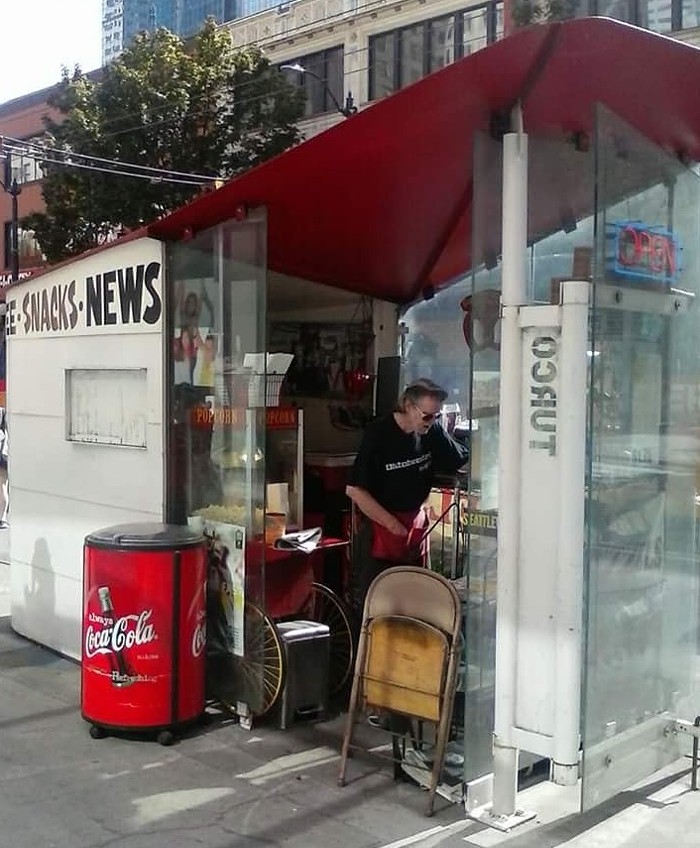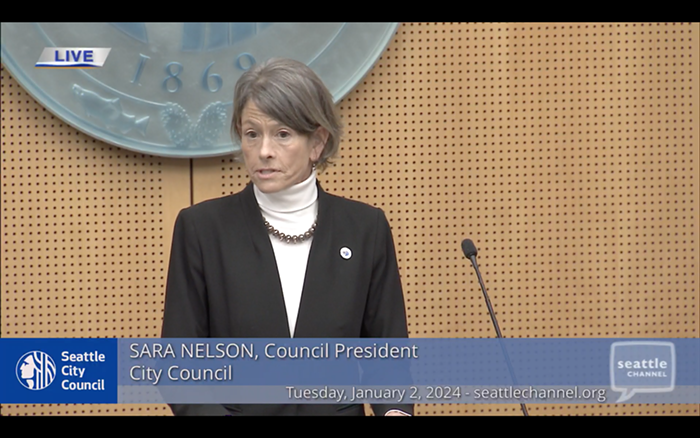One hundred years ago, in a major advance for human dignity, the Supreme Court struck down a racial zoning law in Louisville, Ky., that prohibited nonwhites from moving into homes in majority-white areas. Laws like these, which existed in numerous cities at the time, are part of a larger, shameful history of government-sponsored racial segregation. In Buchanan v. Warley, the court ruled that such ordinances violate the 14th Amendment and related statutes that “entitle a colored man to acquire property without state legislation discriminating against him solely because of his color.”
But this hardly ended racial discrimination in housing, as whites adopted biased policies like economic zoning that banned apartment buildings in areas designated for single-family homes, often adding minimum lot size requirements to boot. Because African-Americans were disproportionately low-income, economic zoning was in effect exclusionary, accomplishing much of the same results as explicit racial zoning.
“Such economic zoning was rare in the United States before World War I,” Richard Rothstein of the Economic Policy Institute notes in his new book, “The Color of Law,” “but the Buchanan decision provoked urgent interest in zoning as a way to circumvent the ruling,” a ploy that would be used for decades. For example, as Mr. Rothstein notes, in 1953, shortly after about 250 African-Americans were transferred to work in a nearby Ford auto plant, the town of Milpitas, Calif., adopted a policy allowing the city council to ban apartments.
Two-thirds of Seattle is zoned for single-family and people of color are being priced out of the city—Richard Kahlenberg of the Century Foundation, a progressive/nonpartisan think tank, doesn't think it's a coincidence. Go read the rest of his piece in Sunday's NYT.


















